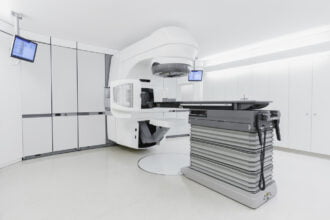We see three key forces underlying investment trends in medical technology:
We see three key forces underlying investment trends in medical technology:
- The spectrum of competition has been broadened and sometimes isn’t even obvious.
Widely different technologies (as in treatment of coronary artery disease, see white paper) can address a clinical condition, with the solution to the problem being the focus of new investment.
New materials for devices, drug-device hybrids, biotech-driven solutions, and other innovations can create competition between very different technologies. As a result, the paradigms and truths held true in the past, when devices only went head-to-head with devices, are no longer relevant, creating the need to better assess the competitive landscape.
Manufacturers must there develop good market awareness, as in being cognizant of all the potential source of competition, such as from companies in adjacent markets who might pivot and seize market share.
- Money flows to niches in medtech where the demand for clinical utility is high.
The biggest forces driving medtech are increasing patient populations or the cost of managing them. Niches that address the challenges of an older population with unsolved painful and or costly conditions (orthopedics, chronic wounds, diabetes, bariatrics) have prominent cost targets that stimulate investment.
Patient demographics, healthcare cost/utility demands and other forces make some medtech niches very attractive, even if only as a result of technology migration (e.g., to growth geo markets).
- Underserved patient populations command almost as much attention as the untapped patient populations.
There is much potential return on investment to be made in blockbuster treatments, but these can be financial sinkholes compared to less grandiose technology solutions. A motive force exists in medtech, centered around healthcare costs, that is relentlessly forcing medical technology innovators to find opportunity within existing markets, by eliminating cost (e.g., shifting care to outpatient as via minimally invasive technologies). Significant medical technology investment has already recognized the value in targeting conditions for which new technology, new clinical practices and/or simply new ways of thinking can improve the quality of life, patient costs or both.
Medtech investment is most serious when it is (1) in high dollar value, or (2) tied to the formation of companies. It reflects confidence in that sector to the degree set by the investment.
In the past five years, MedMarket Diligence has tracked the identification of over 600 companies in medtech. Below is the distribution of their focus across a large number of clinical and technology areas (multiple possible, as in “minimally invasive” and “orthomusculoskeletal”).
These companies have also been tracked through their specific investments (detailed historically at link).
Source: MedMarket Diligence, LLC; Medtech Startups Database.
Cardiology, orthopedics, and surgery are mainstay drivers of new technology development in medtech, as has been the push for minimally invasive therapies, but nanotechnology, interventional (e.g., transcatheter) technologies, biomaterials, wound management and other niches have a steady stream of new company formations.
See recent reports from MedMarket Diligence in the following clinical areas.
- Ablation (see Smithers Apex)
- Coronary Artery Disease (See Smithers Apex)
- Stroke
- Wound Management
- Surgical Sealants and Glues
- Spine Surgery

_9-250x220.jpg)






